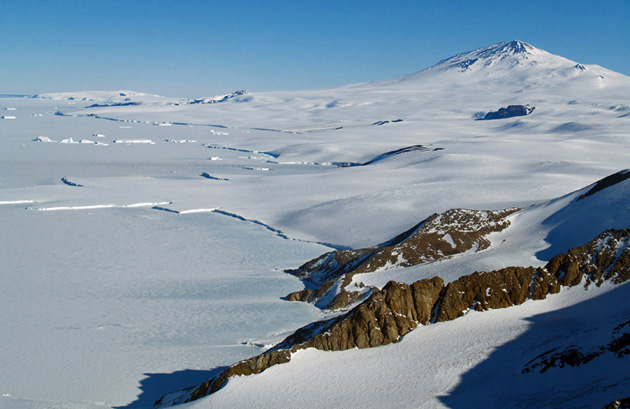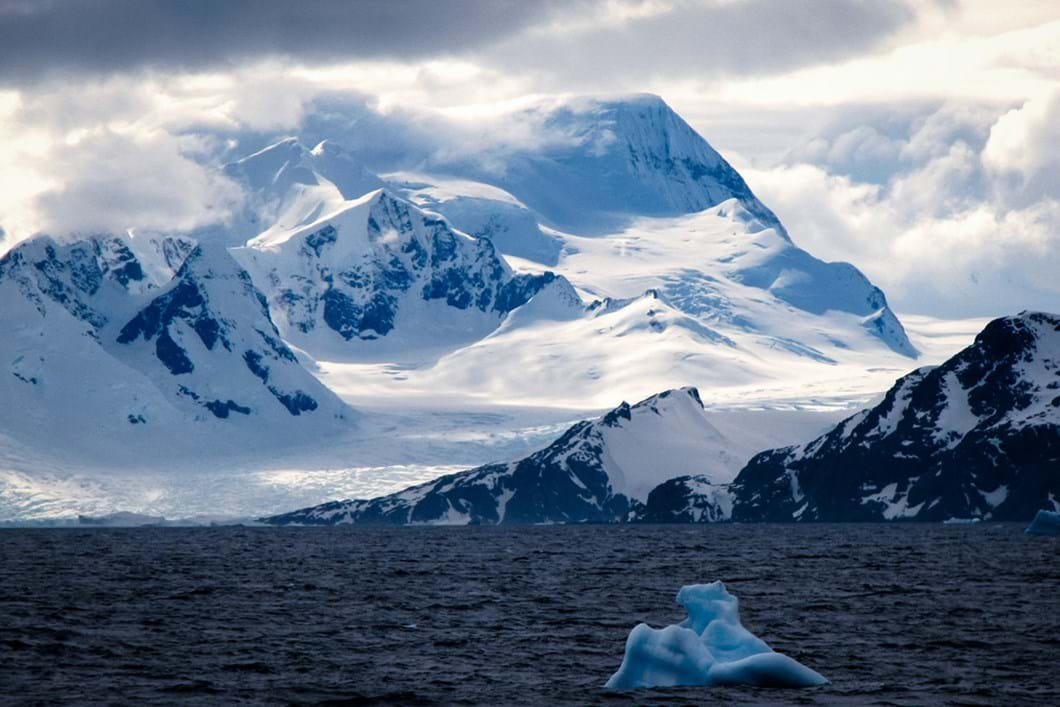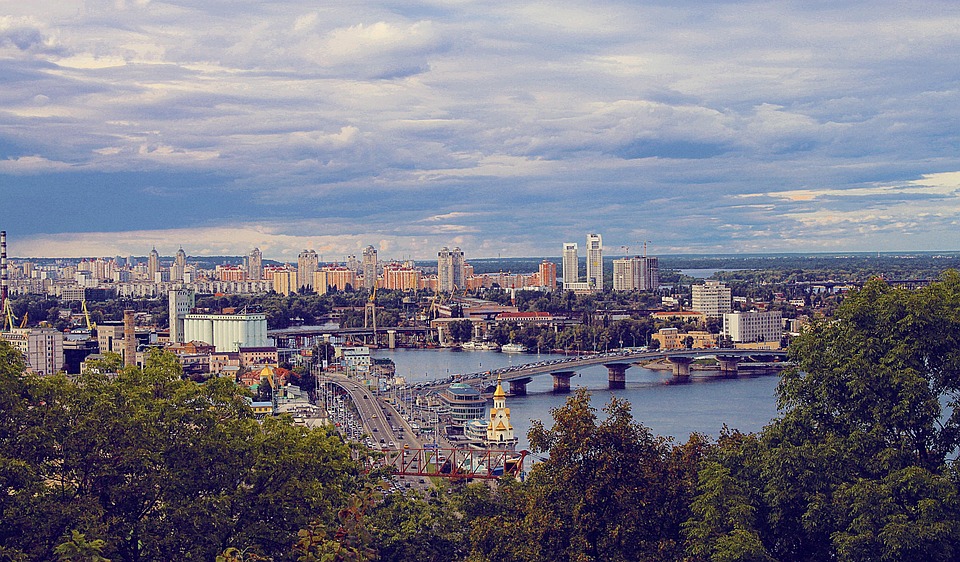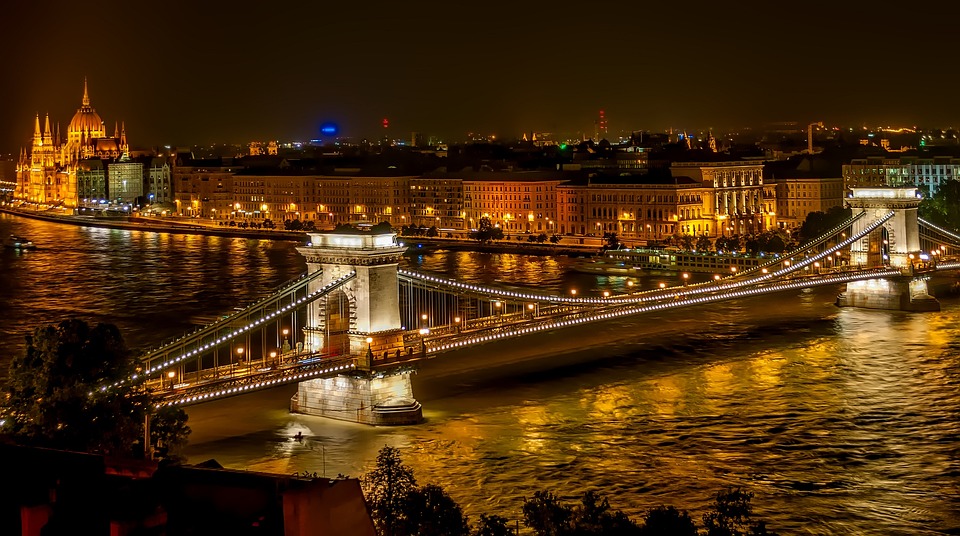Beyond the Ice: Discovering the Enigmatic Secrets of Antarctica
Antarctica, the southernmost continent, is a place of great mystery and intrigue. While much is known about the continent, there are still some lesser-known or lesser-explored aspects.
- Subglacial Lakes: Antarctica is home to numerous subglacial lakes, which are bodies of liquid water trapped beneath the thick ice sheet. These lakes remain isolated from the outside world for thousands of years. The largest known subglacial lake is Lake Vostok, about the size of Lake Ontario. Studying these lakes provides valuable insights into the possibility of life in extreme environments and the history of the continent.

2. Antarctic Microorganisms: Antarctica is teeming with unique microbial life. Cold-adapted microorganisms called psychrophiles have adapted to survive in the extremely cold and harsh conditions of the continent. These microorganisms have evolved fascinating adaptations and have the potential to provide insights into how life can exist in extreme environments on Earth and beyond.
3. Ancient Fossils: Antarctica’s geological history stretches back hundreds of millions of years. Fossil discoveries in Antarctica have revealed a diverse range of ancient plants and animals that lived in the region when it was part of the supercontinent Gondwana. Some of the fossils found in Antarctica include those of dinosaurs, early mammals, marine reptiles, and ancient forests.
4. Meteorites: Antarctica is a hotspot for meteorite discoveries. Due to the vast ice sheets, meteorites that fall from space are well-preserved and can be easily spotted against a white background. Researchers have found thousands of meteorites in Antarctica, including rare and valuable types such as Martian and lunar meteorites. These extraterrestrial rocks provide valuable information about the formation and history of our solar system.
5. East Antarctic Ice Sheet: While much attention is given to the rapidly melting West Antarctic Ice Sheet, the East Antarctic Ice Sheet remains relatively stable. It is the largest ice mass on Earth, accounting for about two-thirds of the continent’s ice. Understanding the dynamics of the East Antarctic Ice Sheet is crucial for predicting future sea-level rise and climate change impacts.
6. Subglacial Volcanoes: Antarctica is not just a frozen wasteland; it also has active volcanoes. Many of these volcanoes are hidden beneath the thick ice and are known as subglacial volcanoes. Eruptions from these volcanoes can melt the overlying ice, leading to the formation of subglacial lakes and influencing ice dynamics. These volcanic activities also release gases and chemicals that can have implications for the atmosphere and climate.

7. Cultural Heritage: Antarctica has a rich history of exploration and scientific research. The continent contains numerous historical sites and huts that date back to the Heroic Age of Antarctic Exploration (late 19th to early 20th century). These huts, including the famous ones at Cape Royds and Cape Evans, are preserved as important cultural heritage sites and offer a glimpse into the challenging conditions faced by early explorers like Robert Falcon Scott and Ernest Shackleton.
It’s worth noting that Antarctica is a highly regulated continent under the Antarctic Treaty System, which prioritizes scientific research and environmental protection. This treaty limits human activities, promotes international cooperation, and designates Antarctica as a natural reserve devoted to peace and science. These regulations contribute to the preservation of the continent’s unique and unknown aspects for future exploration and discovery.





